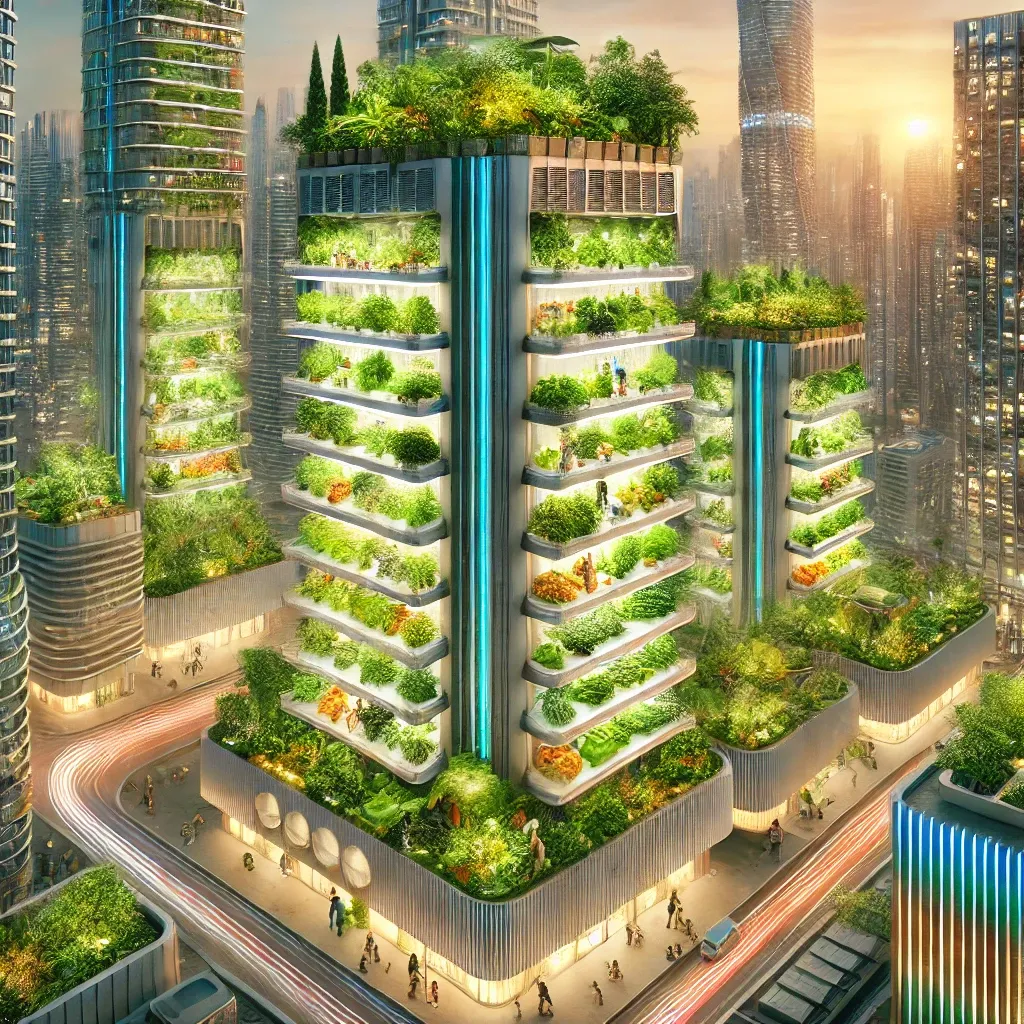What is the Main Goal of Vertical Farming?
Article Source: The Main Goal of Vertical Farming

Why You Should Care
Vertical farming is a revolutionary way to grow food in tall buildings instead of fields. This method uses less space and water, making it possible to grow more food in cities and reduce the environmental impact.
Answering the Question… What is the Main Goal of Vertical Farming?
The main goal of vertical farming is to produce more food using less land and water. Researchers found that vertical farms can use up to 95% less water and produce 10 times more food per square foot than traditional farming. This helps feed more people while conserving resources.
How Was the Study Done?
Scientists analyzed various vertical farming systems, comparing their efficiency, yield, and resource use to traditional farming. They collected data from experiments and real-world vertical farms to see how well these systems work and what improvements can be made.
What Was Discovered?
- Water Savings: Vertical farms use up to 95% less water than traditional farms.
- Increased Yield: They can produce up to 10 times more food per square foot, significantly increasing food production in urban areas.
- Energy Use: LED lights and climate control systems are essential, and while they can increase energy consumption, advancements are making these systems more efficient. Studies show a 40% reduction in energy costs with newer LED technology.
- Pesticide-Free: Vertical farms often do not need pesticides, making the food healthier and reducing chemical runoff into the environment.
- Space Efficiency: Vertical farming allows food to be grown in urban areas, reducing transportation costs and emissions. One acre of vertical farming can replace up to 30 acres of traditional farmland.
- Reduced Food Miles: Growing food locally in cities can decrease food transportation distances by up to 80%, lowering carbon emissions.
- Employment Opportunities: Vertical farms create jobs in urban areas, potentially increasing employment by 15% in regions with high vertical farming activity.
Why Does It Matter?
Vertical farming can help solve food shortages, especially in urban areas with limited space. It offers a sustainable way to produce food locally, reducing the need for long-distance transportation and decreasing the carbon footprint. By using fewer resources and producing more food, vertical farming is a key innovation for a sustainable future.
This approach not only helps in conserving water and space but also ensures a steady supply of fresh produce, contributing to food security and environmental sustainability.
Link to full article: The Main Goal of Vertical Farming
